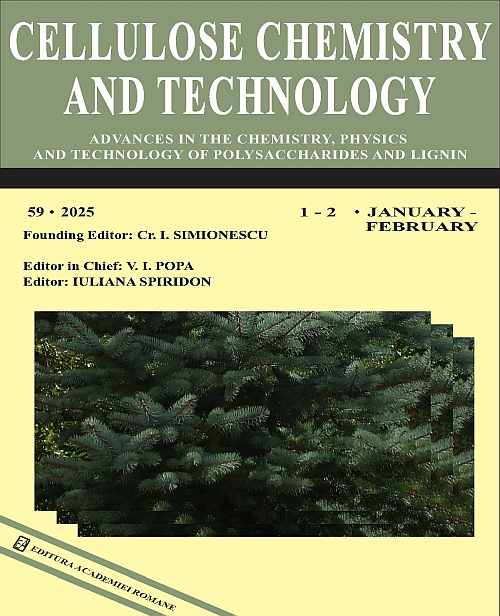|
Title
Nanotechnology revolutionizing of cellulosic textiles: opportunities and challenges
Authors
AMIT MADHU, GAJENDRA KUMAR TYAGI and MAYUR JINDAL
Received
January 23, 2025
Published
Volume 59 Issue 5-6 May-June
Keywords
nanocellulose, nanoparticles, nano-waste, healthcare, textiles, sustainability
Abstract
Nanotechnology has emerged as a revolutionary force in the textile industry, ushering in a new era of sustainable,
intelligent, and functional fabrics. Nanomaterials have opened up new horizons across textile functionality, where they
are used for UV protection, self-cleaning, superhydrophobicity, antioxidants, remarkable surface structure, high tensile
strength, and electrical conductivity. Nanocellulose derived from renewable biomass has gained significant attention due
to its biodegradability, high surface area, and tunable surface chemistry. Cellulose nanomaterials are being explored for
applications in smart textiles, filtration fabrics, lightweight composites, and high-performance composites. Recent
breakthroughs in surface functionalization, through carboxylation, phosphorylation, and sulfonation, enable
nanocellulose to act as a platform for incorporating antimicrobial agents, sensors, flame retardants, and conductive
nanoparticles. Nanotechnology empowers textiles by integrating nano-sensors, actuators, energy-harvesting components,
and communication technologies, making them invaluable in fields as diverse as healthcare, sports, protection, and
fashion. This paper explores the milestones of the nano revolution with and in cellulosic textiles and discovers the myriad
ways that nanotechnology is transforming the world of textiles. However, while nanotechnology equips textiles with
several desirable capabilities, the commercialization of nano-based materials faces challenges, such as high production
costs, scale-up limitations, safety concerns regarding inhalable nanoscale fibers, and uncertainties in nano-waste
management. Continuous research, collaboration, adherence to ethical principles, and consumer awareness are essential
for navigating the challenges associated with nanotechnology in the textile industry and for ensuring a safe and
sustainable transition toward the next generation of intelligent textiles.
Link
https://doi.org/10.35812/CelluloseChemTechnol.2025.59.56
|



